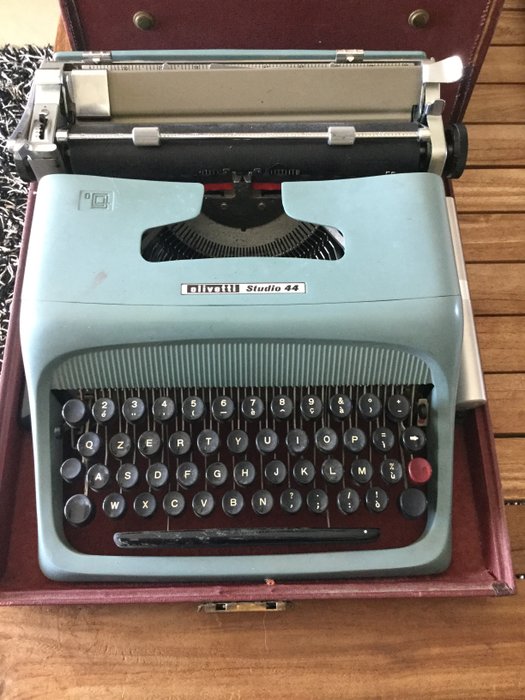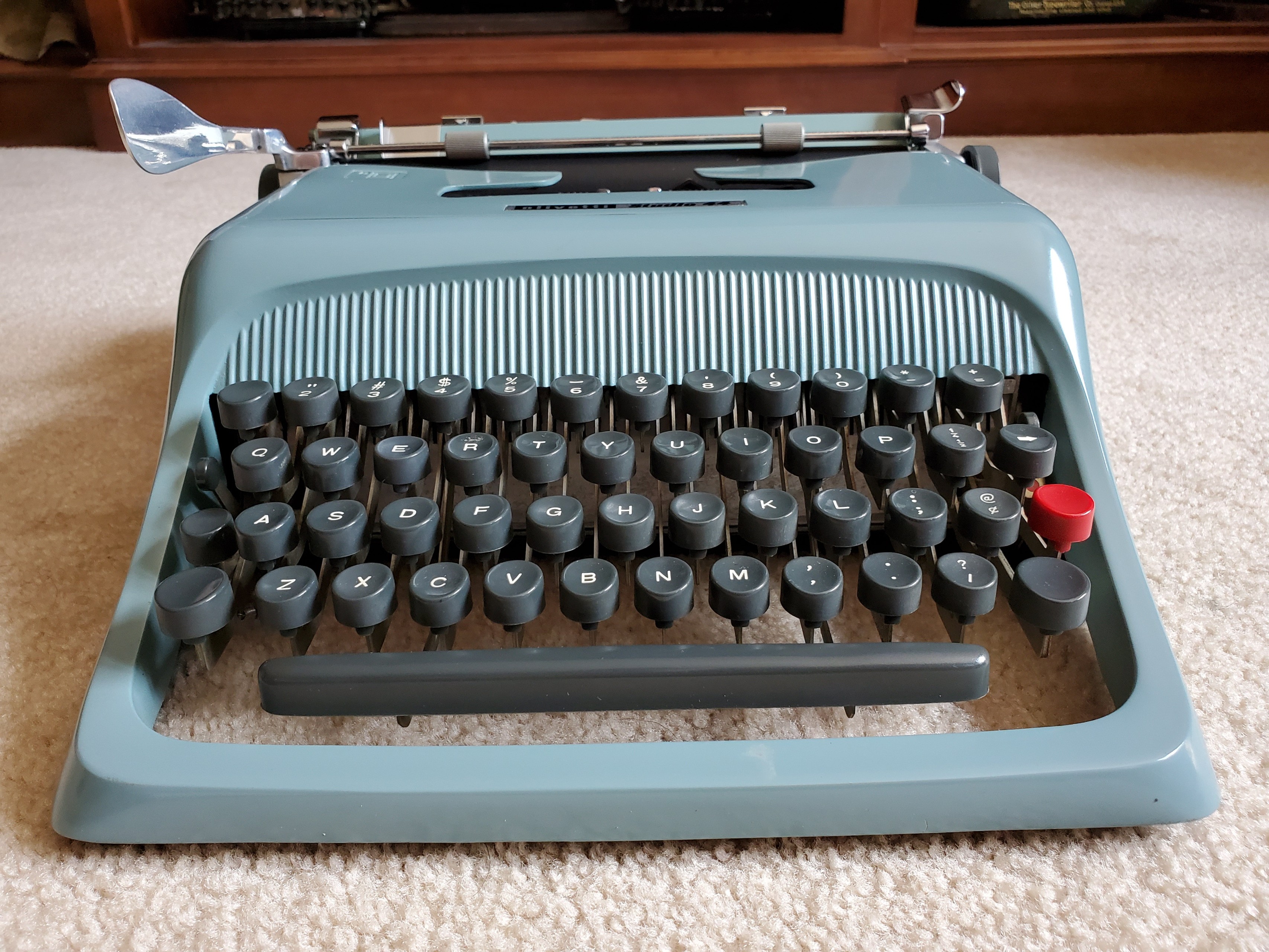

- #Olivetti script studio 44 update#
- #Olivetti script studio 44 portable#
- #Olivetti script studio 44 professional#
The model was eventually succeeded by the Olivetti Lettera 32.
#Olivetti script studio 44 portable#
There is also a portable version, with the machine fixed on a wooden base with black imitation leather and a removable protection also covered in wood, a black leather carrying handle and a chrome lock.

Although this may seem strange today, it was quite common in the old typewriters. The set of writing keys has an obvious lack: there is no key with the number 1, which is obtained by using the lowercase letter l (L) or the capital I (i) likewise, there is no zero, which is obtained by typing the capital O (o).

In addition to the writing keys, the keyboard includes a space bar, two shift keys, a shift lock, a return key, and a tab key. The keyboard is the QZERTY type, as is usual for Italian machines (apart from modern computer keyboards). It is characterized by the various colors available: in addition to the classic black, it was also available in red, gray, brown and light blue. In addition to the black color of the M1 and M20, red, blue, light blue, brown, green, gray and ivory were added.Īlso known as the M2, it was designed in 1935 by Figini and Pollini, Ottavio Luzzati and Xanti Schawinsky. The mechanics was partly masked by the body and the monumental vertical structure of the M1 had been flattened and lightened. Conceived by Gino Martinoli and Adriano Olivetti, developed by Riccardo Levi and designed by Aldo Magnelli, it weighed "only" 5.2 kilos compared to the 17 kilos of the M1, measured 11.7 centimetres high (half the height of the M1), and was intended for the office world and private users. In 1932, Olivetti presented a portable typewriter shortly after the launch of the M40: the MP1. Customers particularly appreciated the fixed-guide carriage, the lightness of touch of the keyboard and the speed of writing. A second version came out in 1937 and another one in the 1940s.
#Olivetti script studio 44 update#
To update the M20, Olivetti worked on a new model which came out in 1930 and remained in production until 1948, the M40. Unlike the M1, which was essentially sold in Italy, it was exported to many European and non-European markets. It featured several innovations, including the trolley running on a fixed guideway. In 1920 the M1 was replaced by a new model, the M20.
#Olivetti script studio 44 professional#
Heavy and massive, it was intended for professional use in offices. It was the first Italian typewriter and had a keyboard of 42 keys corresponding to 84 signs, 33-cm paper roll allowing for 110 characters and featured two-colored ribbon, automatic reverse direction, and return key. Introduced at the Word Fair in Turin in 1911, the first Olivetti typewriter, the M1, was made of about 3000 hand made parts and weighed 17 kg. Until the mid-1960s, the Olivetti typewriters were fully mechanical.


 0 kommentar(er)
0 kommentar(er)
